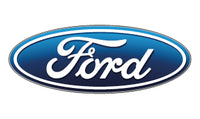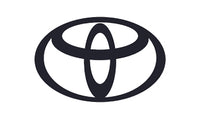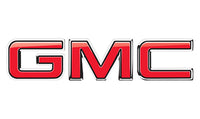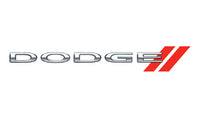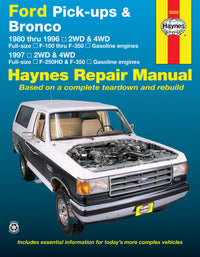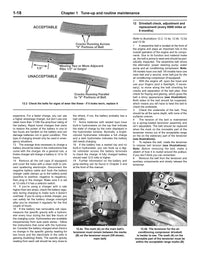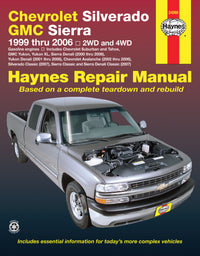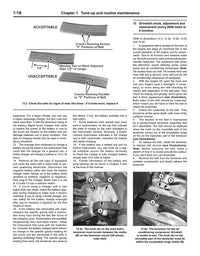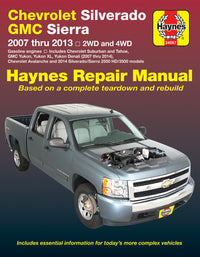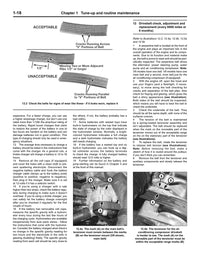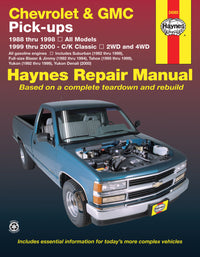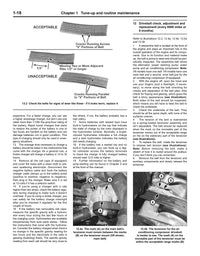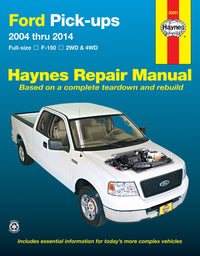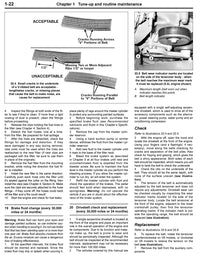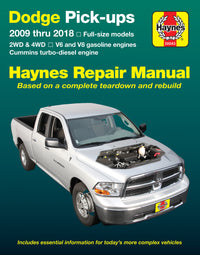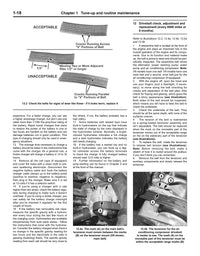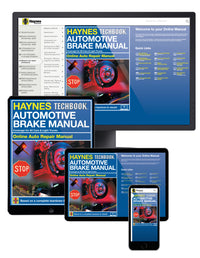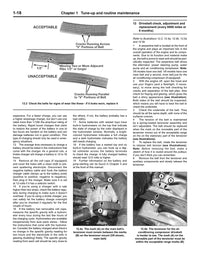Windshield wipers seem pretty simple; they're just a mechanical version of a squeegee wiping away dirt, snow, and rain. But did you know there are many different styles of blade mount, and several different types of blades? Some times the person at the auto parts store can help you choose, and even figure out how to mount them, but they can be busy, and not all of them are very helpful.
Here's our simple guide to the types of wiper blades there are to choose from, and how the different mounts work.

Flat, Hybrid, or Conventional?
All wiper blades (until recently) consisted of a metal frame shaped like parenthesis, holding another pair of parenthesis at the end, with a long thin strip of metal and rubber held in place across all the ends. The frame provided spring tension, along with the wiper arm, to hold the rubber against the glass, while being flexible enough to handle the curvature of the windshield.
So called "flat" wiper blades, are actually quite curved. Modern materials technology has allowed manufactures to eliminate the metal frame, and just make a single piece of curved plastic do the same job. The big bonus,a nd one of the reasons for the development of flat blades, is that they create less turbulence, so are better for aerodynamics of the overall car. The downside is that they may not be made in a size that fits older models.
Hybrid blades are between the two, with the metal framework being replaced by the same sort of plastic used in the flat blades.
Winter or Regular Blades?
You may have never noticed, but there are special blades created for the snow and ice of winter. Conventional blades are no good once the temperature drops below freezing, because ice and snow can jam up the open spaces in the frame, preventing the blade from conforming to the curve of the window.
Winter blades are made from a softer rubber, so they remain flexible in cold temperatures, though that makes them wear faster when it gets warm. Also, in order to prevent the frames from icing up, winter blades covered the frame in rubber, which prevented water from getting in there to freeze, but it did add to the cost of manufacturing them.
If you live up north, where there is a lot of snow and ice in winter, you should definitely mount winter blades some time around Thanksgiving. When the spring thaw comes, take a few minutes to replace them with a new pair of regular blades to take you thought to next winter. The southern half of the country can often get away with mounting new regular wipers every fall, and not worrying about winter blades.
The newer flat blades are also better for winter use as well, since there is not framework to get clogged with snow and ice. Hybrid blades are also better than the conventional type, because there is much less room for snow and ice to accumulate.
Mounting Styles

Most cars feature wiper which pivot from a linkage mounted below the cowl panel immediately in front of the windshield. Some vehicles have wipers that pivot from the corners of the windshield, and 'park' in the A pillars when not in use. Hidden wipers, as you can imagine, park below the level of the cowl, where they can't be seen or replaced easily.
Most wipers can be removed and replaced with them in their 'park' position, but vehicles with hidden wipers require them to be put in the maintenance position. Check your owner’s manual or repair manual for details, but this is typically done by turning them on, then turning off the ignition switch while they are accessible..
Wipers come in many different lengths, so you'll want to make sure you get the correct length for your car. While many retailers can look up the model-specific length, it's always worth measuring your existing blades to be on the safe side.
It's not just the length of the blades that you need to take note of - there are a variety of attachment mechanisms - but the two versions you're most likely to come across involve the wiper arm either being straight, or hooked. Luckily, replacement part manufacturers devised universal mounting adapters many years ago.
On both common types of wiper, the blade can be released by squeezing a pair of tabs, or by sliding a latch. This will allow the blade to be removed – either by pulling straight off, or, when the arm is hooked, by sliding the blade back down the arm.
Unless you are buying wiper replacements from the dealer, they are likely 'multi-fit' and come with a selection of different adapters. Compare what's on the current wiper to make sure you select the correct adapter.
